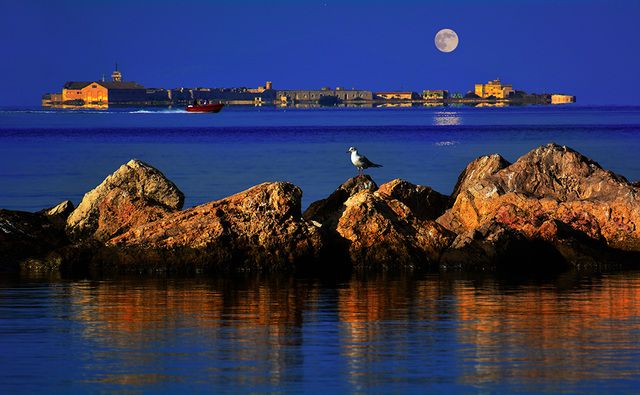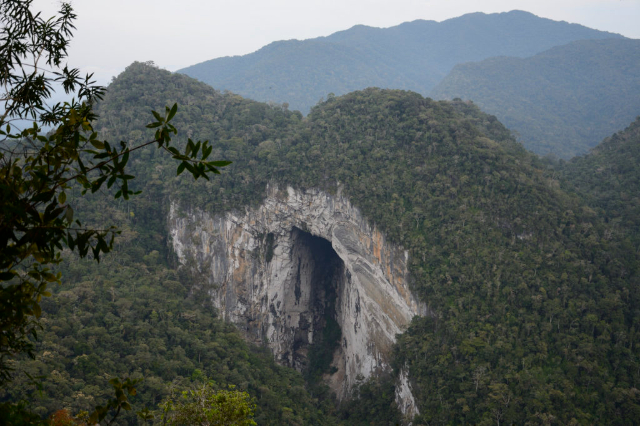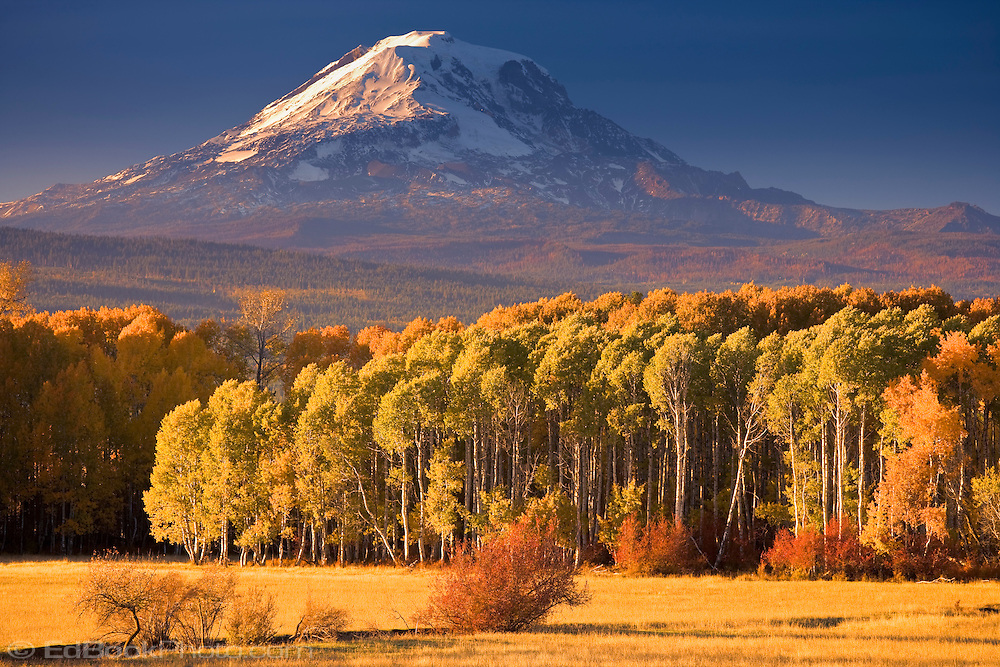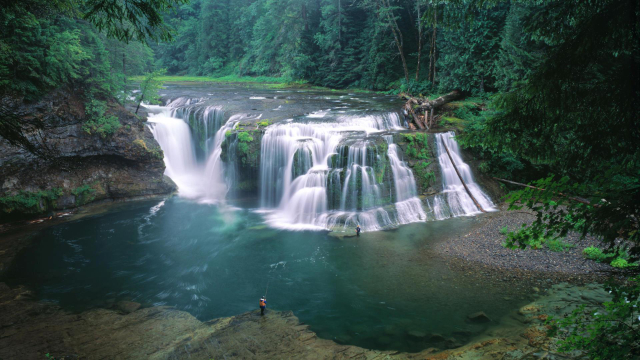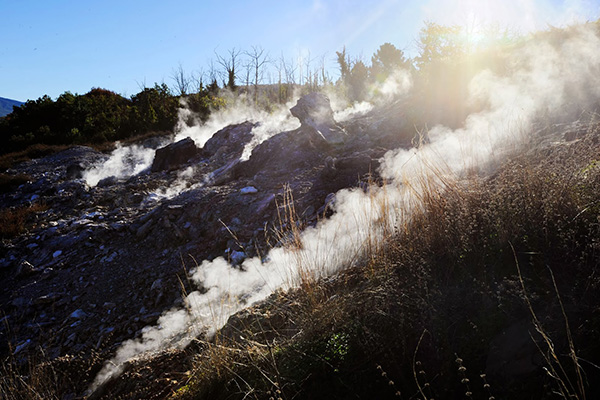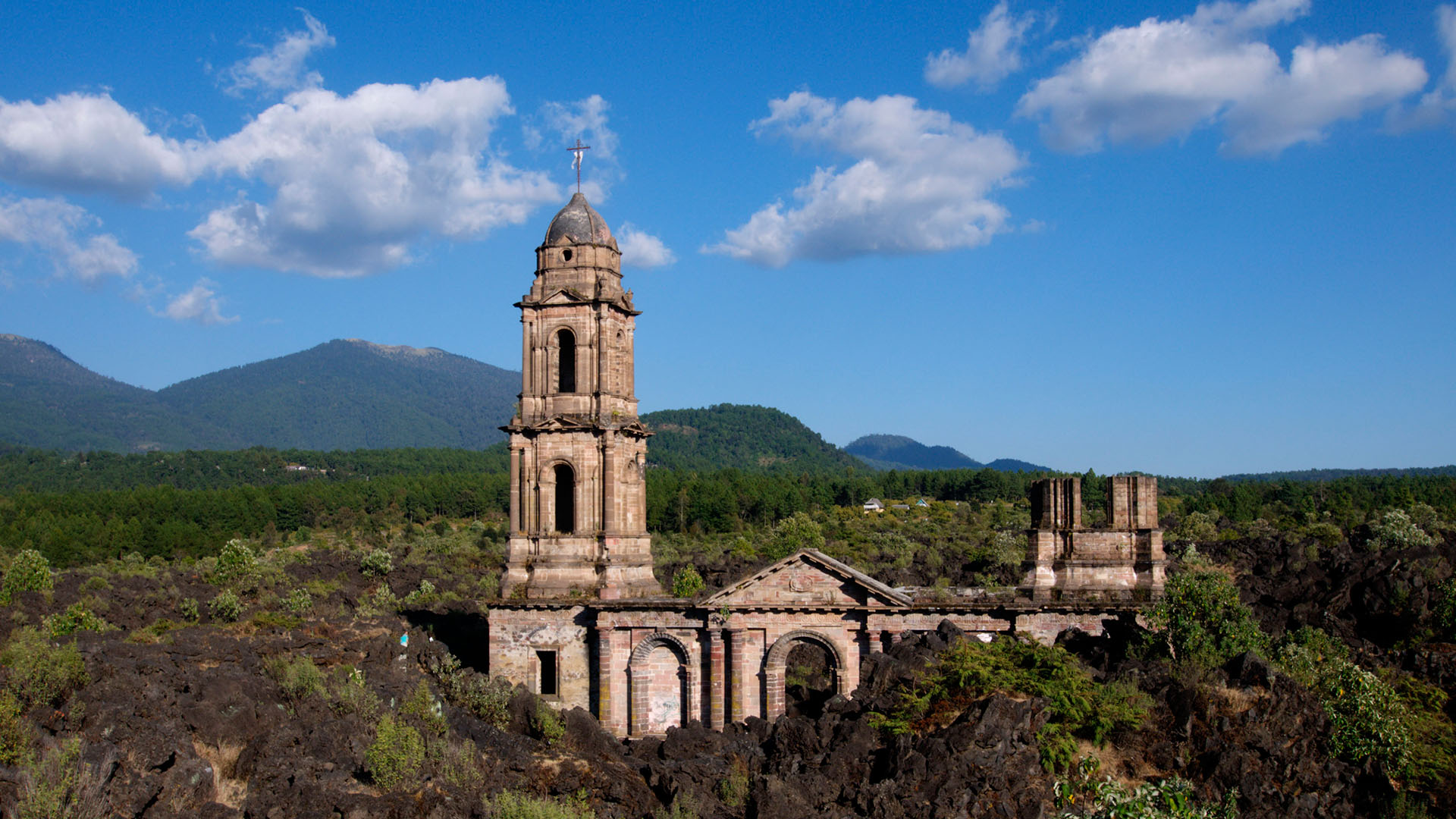The Island of San Pietro is part of the small Cheradi archipelago, rich in history and biodiversity.
It’s a beautiful place both above and below sea level. And it’s a place that once defended the city during the wars.
At one time this island was home to dense forests of trees that generated amber of the finest quality; there were even those who nicknamed them "Auree" because of the large amount of coral. From here perhaps the toponym Coradi and Chèradi. In Greek and Roman times, it appears that it was inhabited and widely used.
St. Peter’s Island is an oasis for many species of birds such as barn owls, sea woodcock, quail, kingfisher, kestrel, turtle doves, seagulls and cormorants. At the beginning of the 18th century the Chapter farm was built here and rented to a farmer who planted wheat and olive and fig trees. Then, with the advent of the Great War and the occupation by the Navy, all agricultural activities were abandoned and a vast pine forest was planted, whose vegetation can still be seen today and to which holm-oak, oak and plane trees were added.
Today the island is a precious testimony of the Napoleonic era: it is still possible to admire the cannon bases, various bases and the large armoured tower. There are still ancient wooden fixtures, grates and richly decorated bronze gutters, as well as the limestone slabs that cover the walls of the fort.
The surrounding sea beds are rich in Posidonia prairies, various types of clams, walnuts, sea truffles and hairy mussels, even several specimens of Pinna Nobilis.
There are also numerous species of algae, molluscs and sponges, coelenterates, worms, tunicates, hedgehogs, starfish.
In defense of these wonders, there are dolphins in multiple specimens that attract thousands of foreign tourists thanks to the meticulous scientific research of Jonian Dolphin Conservation.
